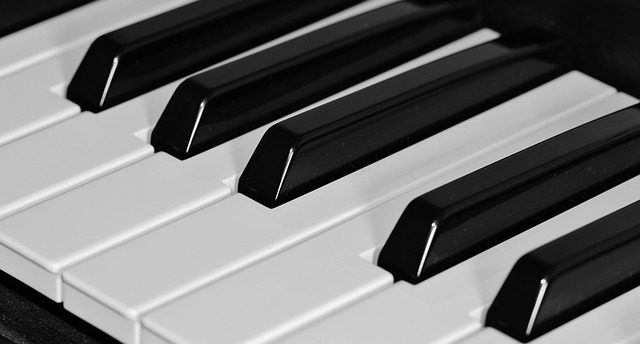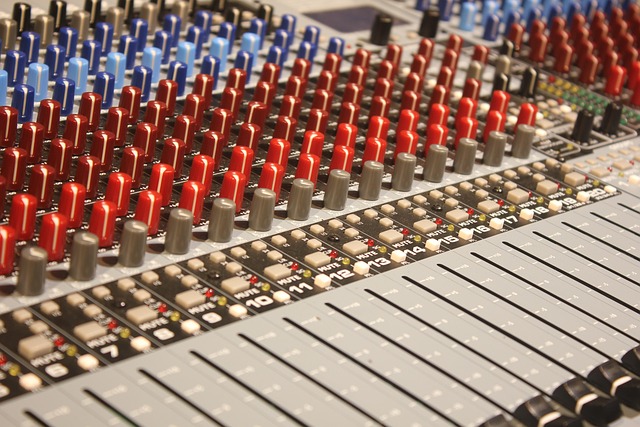When it comes to creating the perfect audio recording, the right tone is paramount, especially in the intimate environment of your home cinema room. It’s more than just sound; it’s about capturing the essence of the moment, creating a rich auditory experience that not only pleases the ear but resonates emotionally. Whether you’re an aspiring filmmaker, podcaster, or simply someone who loves audio-visual storytelling, mastering tone will elevate your craft.
Your cinema room is more than a space for watching movies; it’s a sanctuary for experiencing art. A well-designed audio setup allows you to manipulate tone effortlessly, giving each sound a place in the spectrum. When setting up your home cinema, consider how acoustics can affect your recordings. Soft furnishings absorb sound, helping to minimize echo and unwanted reverberation, while hard surfaces can create a lively atmosphere that enhances clarity.
Investing in quality microphones is essential for capturing pristine audio. Different microphones have unique tonal characteristics. For instance, dynamic microphones are known for their durability and ability to handle loud sounds without distortion, making them ideal for recording vocals. On the other hand, condenser microphones are more sensitive, often capturing a clearer and wider range of frequencies. Understanding the tone you wish to achieve will guide you in choosing the right microphone for your specific needs.
The selection of audio interfaces also plays a critical role in achieving the desired tone. High-quality audio interfaces not only provide better preamps to enhance your recordings but also contribute to the overall sound quality. Look for interfaces that support high sample rates and bit depths, as they can make a significant difference in preserving the nuances of sound.
Once you’ve recorded your audio, the magic of post-production begins. This is your opportunity to refine the tone further. Utilizing digital audio workstations (DAWs) allows you to manipulate various elements of your recording, including EQ, compression, and effects. Each of these tools can help you sculpt your audio to fit the emotional palette you envision for your project. Adding subtle reverb can create a sense of space, while tweaking the EQ can enhance desired frequencies or diminish unwanted ones, allowing the tone to shine.
Don’t overlook the magic of sound design either. Foley artists creatively reproduce everyday sound effects that can dramatically influence the tone of your recordings. Think about how ambient sounds can enrich your narrative. From the rustle of leaves to the distant murmur of a crowd, these tiny details pull your audience deeper into the experience, making your audio more immersive.
As you dive deeper into perfecting your audio in your home cinema room, remember that tone is not just about technicality—it’s about storytelling. It’s the emotional brushstroke on the canvas of your audiovisual masterpiece. Pay attention to how each element interacts with the others; the synergy between audio and video is crucial. When viewers feel as though they are part of the scene, that’s when they experience the magic of cinema at its finest.
By focusing on tone in all aspects of audio recording, you take significant steps towards mastering the craft. Embrace the learning process, experiment with different settings, and listen critically. The ideal tone isn’t just found; it is meticulously crafted through passion, patience, and practice. With each recording, you refine your skills, moving closer to the exceptional audio that can change the way stories are told in your home cinema room.



